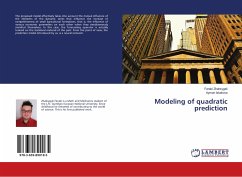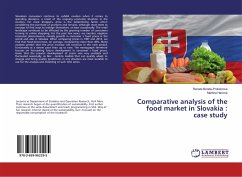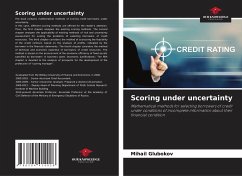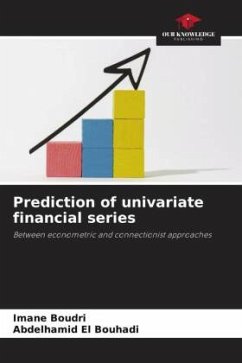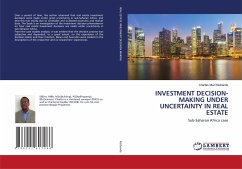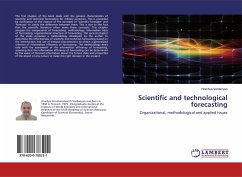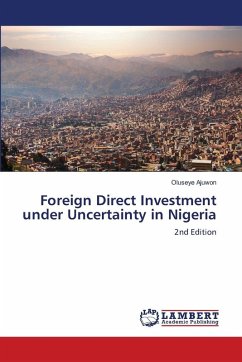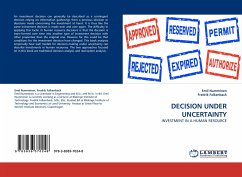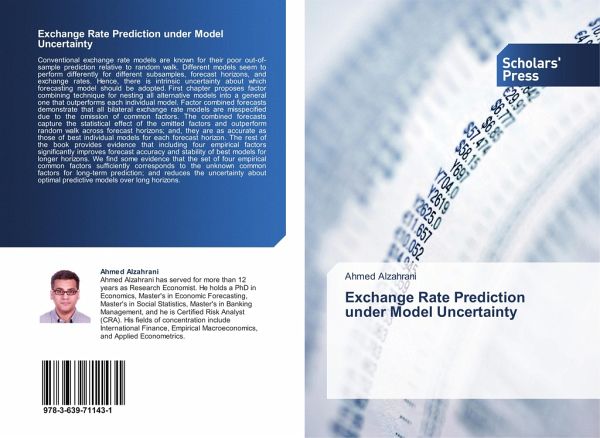
Exchange Rate Prediction under Model Uncertainty
Versandkostenfrei!
Versandfertig in 6-10 Tagen
30,99 €
inkl. MwSt.

PAYBACK Punkte
15 °P sammeln!
Conventional exchange rate models are known for their poor out-of-sample prediction relative to random walk. Different models seem to perform differently for different subsamples, forecast horizons, and exchange rates. Hence, there is intrinsic uncertainty about which forecasting model should be adopted. First chapter proposes factor combining technique for nesting all alternative models into a general one that outperforms each individual model. Factor combined forecasts demonstrate that all bilateral exchange rate models are misspecified due to the omission of common factors. The combined for...
Conventional exchange rate models are known for their poor out-of-sample prediction relative to random walk. Different models seem to perform differently for different subsamples, forecast horizons, and exchange rates. Hence, there is intrinsic uncertainty about which forecasting model should be adopted. First chapter proposes factor combining technique for nesting all alternative models into a general one that outperforms each individual model. Factor combined forecasts demonstrate that all bilateral exchange rate models are misspecified due to the omission of common factors. The combined forecasts capture the statistical effect of the omitted factors and outperform random walk across forecast horizons; and, they are as accurate as those of best individual models for each forecast horizon. The rest of the book provides evidence that including four empirical factors significantly improves forecast accuracy and stability of best models for longer horizons. We find some evidence that the set of four empirical common factors sufficiently corresponds to the unknown common factors for long-term prediction; and reduces the uncertainty about optimal predictive models over long horizons.



